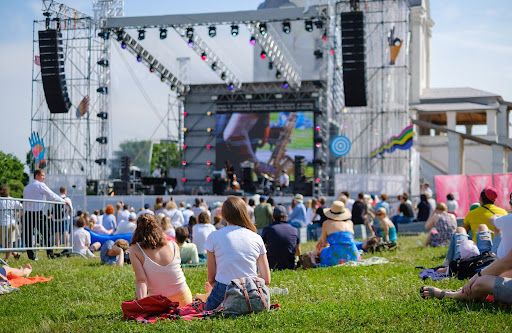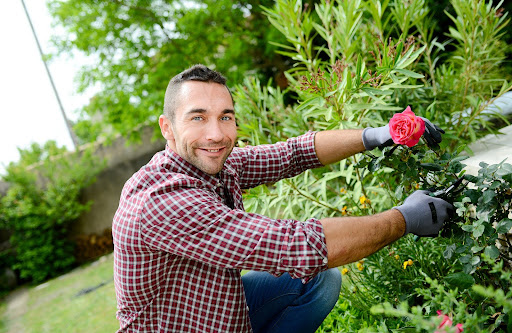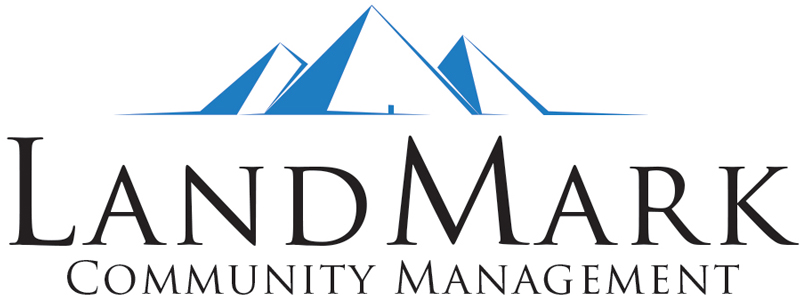HOA committees help communities fulfill essential roles and achieve the association’s goals. They consist of volunteers and board members and are essential to the success of a homeowners association.
Types of HOA Committees
There are many different kinds of HOA committees. However, not all HOAs will have every single kind of committee. The committees that HOA forms will depend on their specific needs. Generally, every committee will fall under one of three categories:
- Executive. An executive committee consists exclusively of board members.
- Standing. A standing committee is an ongoing, indefinitely existing committee that fulfills regular tasks in the HOA.
- Ad Hoc. An ad hoc or special committee is created for a specific purpose. It disbands after achieving its goal.
Different HOA Committees and Their Functions
What are the different homeowner association committees? HOAs can create many different kinds of committees for various purposes. Here is a list of HOA committees you will often find in planned communities.
1. Architectural Control Committee
The Architectural Committee an HOA creates, also known as the HOA Architectural Review Committee (HOA ARC), oversees the community’s architectural standards and reviews architectural modification requests submitted by homeowners.
After review, they are generally responsible for approving or denying the requests based on the community’s architectural guidelines. Some communities may also consult the board before approving or denying a request.
The ARC is one of the most essential committees in an HOA. Without one, the community might lose its curb appeal as the residents can implement wild architectural changes that disrupt its aesthetics. As a result, the community may face lower property values.
2. Finance or Budget Committee
The finance or budget committee helps the HOA board with financial management. This includes creating the annual budget, managing reserves, tracking expenditures, monitoring investments, and scheduling audits. The members of the finance or budget committee must have some financial knowledge.
3. Social or Events Committee

The social or events committee is responsible for planning HOA events allowing homeowners to mingle. These events help the residents feel more connected to each other and foster a sense of community. The social committee may plan fixed events like summer festivals or Christmas parties. However, they can also plan one-time events like welcome parties to introduce new homeowners.
4. Communications Committee
The communications committee is a vital part of larger HOAs. This is because they oversee all resident communications, ensuring each resident is updated on community news. They are often in charge of disseminating newsletters, sending email blasts, managing social media accounts, and handling the HOA website.
5. Newsletter Committee
Homeowners associations that send out newsletters might create a dedicated newsletter committee to create content. They can gather information about the community, including resident news, local business updates, and upcoming events. Moreover, they’re responsible for writing the content, formatting, and distributing the newsletter to all residents.
6. Maintenance Committee
Maintaining the common areas is one of the most important jobs of an HOA. The maintenance committee plays a key role because it manages vendors who perform maintenance tasks. Moreover, this committee is responsible for helping homeowners find good vendors to maintain their individual properties.
7. Covenants Committee
Every homeowners association will have a Declaration of Covenants, Conditions, and Restrictions (CC&Rs). The covenants committee is specifically in charge of helping the board with rule enforcement and compliance. They inspect the community for violations and send notices to ensure homeowners comply.
8. Landscape Committee

The landscape committee is responsible for common area landscaping. It ensures that all green spaces are well-kept and beautiful. Moreover, it can inspect each unit and ensure homeowners comply with the community’s landscaping rules. The committee also reviews bids from landscape contractors and chooses the best vendor for the community.
9. Safety Committee
Some homeowners associations need a dedicated safety committee to improve security. The committee members can patrol the area to ensure the community meets proper security and safety standards. Furthermore, they can form a neighborhood watch to prevent illegal activities.
10. Welcome Committee
The HOA welcome committee can help new homeowners easily transition into the community. Its members can greet new residents, provide welcome packets, and help them familiarize themselves with the HOA’s rules and operations.
11. Technology Committee
Technology helps homeowners associations in various ways but can be difficult to manage. This is especially true for HOAs that embrace complex technologies like community apps and data services.
For this reason, some HOAs create a technology committee that updates or advises the board on technological issues. This can include everything from software development and data services to cellular usage and technological investments.
How to Create HOA Committees
Each community will have a different process for setting up committees. However, they generally have to follow certain steps to create them. Here are the steps you can take to form a committee.
1. Check the Governing Documents
The governing documents might outline how the HOA can create committees, indicate how many people should be involved in each committee, and indicate member qualifications, removal processes, and who should serve on committees.
For example, a member may ask: can board members serve on committees? Typically, many governing documents require HOA board members on committees, especially for the budget and finance committees. These committees often need the HOA president and treasurer to be on board.
2. Create a Charter
The committee charter is a document containing the HOA committee’s roles and responsibilities, purpose, budget, and scope of authority. It also indicates the timeline and whether the committee is standing or ad hoc.
3. Determine the Organizational Structure
The organizational structure should outline the officers within each committee. At a minimum, each committee should have a chair who presides over meetings and manages the agenda. The committee should also have a secretary who takes and manages minutes.
In addition, each officer or role must have a clear job description. The committee members should understand their duties to prevent miscommunication and overlapping responsibilities.
4. Recruit Members
A committee must recruit members who are qualified for the position. Without skill requirements, the HOA can freely encourage any resident to participate. It’s a good opportunity to get members involved and let them feel they impact the community.
An Important Role in the Community
HOA committees play important roles in homeowners associations. They are often tasked with heavy responsibilities that can affect the community’s success. Moreover, how these communities operate can even impact resident satisfaction.
Does your community struggle with committee management? Consider asking for professional help from Landmark Community Management. We offer excellent management services to HOAs. Call us now at 512-569-5527 or contact us online to learn more!
RELATED ARTICLES:


